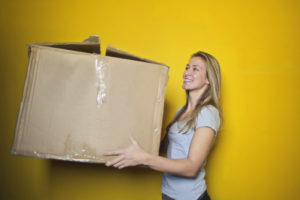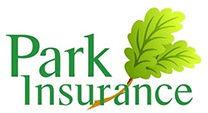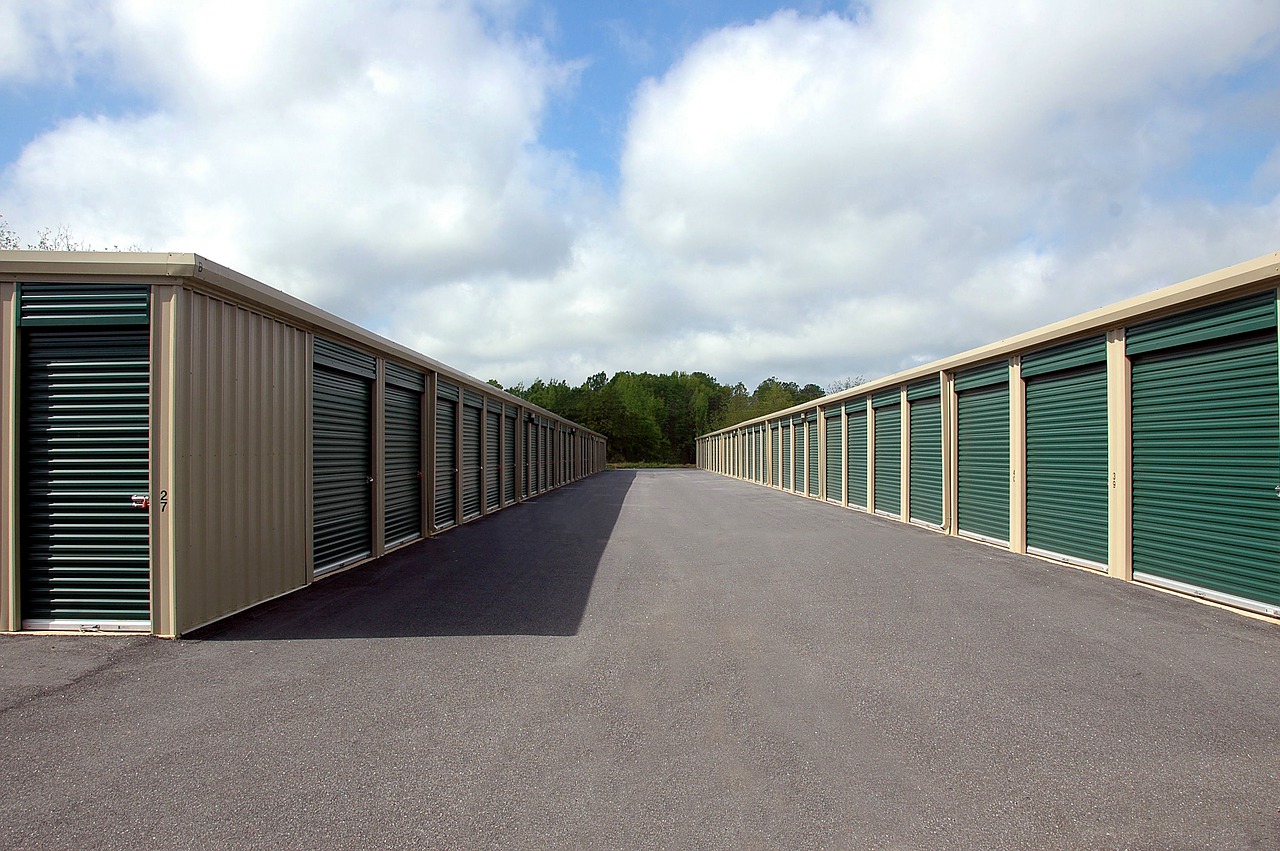If you keep items in a self-storage facility are you confident you also have the right storage insurance? Fire, theft, and damage can all occur, even if you think your items are safely locked away. You may assume that your items would be automatically covered by the facility’s insurance or by your home or business insurance. But that’s often not the case. That means, if something does go wrong you can find yourself out of pocket. Wouldn’t it be great if you didn’t need to worry? For peace of mind, the answer is specialist self storage insurance. But it can be tricky to know where to start to look and how to get the best price. This article contains our top 11 tips to keep your stored contents safe and to reduce your storage insurance premiums.
Houses are officially getting smaller. The average size of three-bed new-build home is now 88.9 square metres. That’s around four metres less than the government’s guideline minimum home size. With the space in our homes at a premium, we’re increasingly turning to self storage to give us the extra capacity we need.
You might be using do-it-yourself storage as a long-term solution to help declutter your home without resorting to getting rid of treasured items. It could be the hub of your business empire, storing stock and equipment. Or maybe you need a temporary stop-gap for all your belongings during a house move. Whatever reason you rent a unit, if it’s worth putting items into storage, it’s definitely worth taking the time to make sure they are kept safe.
Self storage facilities are designed to be secure, but disasters can happen. Flood, fire and theft can all hit, and insuring the contents of your unit is essential for your peace of mind. And the best way to keep your self storage insurance premiums down is to stay claim free.
 1) First, get organised
1) First, get organised
Carefully organising your unit can help to keep your items safer. Think about where you place items to help minimise potential damage.
- If the bottom of a box you are using to store goods falls out, so will the contents. Use strong boxes designed for storage. And keep cardboard boxes off the floor to reduce the chance of them getting damp and disintegrating, which could result in the bottom falling out next time you use them.
- Use only one or two different sizes of boxes to make stacking them easier and safer.
- Only stack boxes if you’re sure they are strong enough to take the weight of items placed on top.
- If you’re stacking boxes, take the time to do it carefully to make sure they don’t topple and fall.
- Consider using stronger, plastic boxes with lids. These will protect contents from external damp and are more robust if something accidently drops on top of them. Even though they are stronger, and can be stacked effectively, it’s still worth taking care. Too many boxes stacked on top of each other can easily topple, damaging contents.
- If you need to get to your stored items regularly, make sure you keep them in an accessible place. That will save you from rooting through other items each time you need to get them, which could increase the risk of damage to other goods.
As well as keeping your items safer, taking these steps can also help to keep your storage insurance premiums lower too. That’s because claims on your storage insurance will push prices up.
2) Protect items from dust, damp and mildew
Unless you’re renting a climate controlled unit, damp and mildew could cause substantial damage to your stored items.
- Consider if the items in storage could be susceptible to temperature changes. If they are, don’t store them in the unit.
- Don’t wrap items in plastic or pack items too closely as that can result in mildew forming. Plastic sheeting can be used over the top of items to protect them from dust, but make sure that air can circulate freely around objects.
- Invest in some dehumidifying crystals as these will help pull moisture from the air and keep items drier.
- Try not to put anything into the unit that is already damp as that will increase the amount of moisture in the air, resulting in a higher risk of mildew damaging contents.
- Use tape to seal boxes to help protect contents from dust.
- If you are storing fabrics, such as clothes, curtains or soft furnishings, use mothballs to help protect against moth damage. Cedar and lavender can also be useful to provide natural protection from these damaging insects.

3) Don’t store valuables like jewellery or cash in a unit
Your storage unit may be secure, but it’s not designed for jewellery or cash. If you need to store these high-risk items you should pay for a vault or safe deposit box in a bank or specialist unit.
4) Size matters
The cost of storage is based on size. Look for a facility that can offer a range of storage unit sizes so you don’t pay for space you don’t need.
Thinking about the way you organise your unit (see Tip 1 ) could help you make more efficient use of your space. And you could be surprised to discover how much area you could save. Dismantling furniture and storing it ‘flat-packed’ can also help you to reduce the space it takes up. And don’t forget you can also use gaps inside large items of furniture to maximise your storage space. For example, placing packed boxes inside a wardrobe.
Whilst it’s a good idea to keep the size of your unit to a minimum to reduce rental costs, don’t be tempted to skimp. Make sure you allow enough space to leave a gangway that lets you move around freely. Make sure that you don’t stack too many items on top of one another as that can cause damage. And if you use your self storage for items of stock for your business, it’s worth making sure you can very easily access any items that you need to get to.
5) Antiques and heirlooms
All furniture needs to be handled with care, but antiques or family heirlooms need specialist attention. Cover antique furniture with protective wrap, which is designed to help safeguard these precious pieces from scratches. If you’re packing up china, make sure you use a sturdy box. Wrap each piece individually with packing paper, storing things like plates vertically so the weight of pieces on top does not result in the items at the bottom becoming cracked or damaged.
 6) Consider the security of your unit
6) Consider the security of your unit
Look at what security your storage depot provides. Storage facilities that are members of the Self Storage Association UK should have CCTV on all entry points as a minimum level of protection against theft. If the location you are considering doesn’t offer this basic level of protection you might want to look for alternatives. Some units may also offer additional security such as number plate recognition and individually alarmed units.
There are also things you can do for yourself to increase security, such as investing in an additional padlock. As well as an extra line of defence against potential thieves, this guarantees that you’ll have sole access to contents.
When it comes to storage insurance, you may discover that you’ll have to fulfil certain responsibilities when it comes to security. For example, your insurance policy may require you to use a certain kind of padlock to secure your storage unit door. Remember that if you fail to comply with specifications like this, it may invalidate your insurance. And that could leave you out of pocket if something does go wrong.
Likewise, how you store your goods may be stipulated on the insurance policy. It’s always worth checking this out first, so you don’t get a nasty shock if you do need to make a claim. For example, if you are asked to store goods in robust plastic boxes with lids, that’s what you need to do. Cardboard boxes offer zero protection against damp or damage if dropped. And if your insurance policy states plastic boxes but you use cardboard instead, you could find your claim refused.
7) Next, know what’s in there
Knowing exactly what’s in your storage unit makes it much easier to find items. And it can be invaluable if you do need to make an insurance claim.
- Label boxes clearly on the outside so you know what is where.
- If a box contains something fragile, mark it on the outside so you’ll know to take extra care with it.
- Make a written inventory of everything you have stored.
- Take photos as proof of contents and keep receipts that demonstrate the value of goods.
- Finally, don’t store the receipts or the photos in the storage unit with the items. If there is a fire or flood and these documents are lost you won’t be able to rely on these as evidence.
 8) Check if your home contents insurance policy covers contents in storage
8) Check if your home contents insurance policy covers contents in storage
There’s no point shelling out for separate protection if your home contents insurance already covers you for items in storage facilities. But don’t just assume that it does or you could be in for a nasty shock if you do need to make a claim. Many policies don’t include items in storage and others may specify a limited amount for items whilst they are away from the insured home. Speak to your insurance broker to find out what is covered and ideally make sure it is confirmed in writing. It’s not worth taking chances.
9) Do you need business storage insurance?
If you’re using a self storage facility for items to do with your business, you’ll need to take out specialist business storage insurance. If you’re storing things like office chairs, documents, and desks that might seem obvious. But business storage insurance also applies to individuals who run businesses from home and use self storage facilities for their stock. For example, if you run an online business or you sell items on auction sites like ebay, you may use storage facilities rather than keeping stock at home. If something happens to the contents of your storage container, you could be faced with no stock to sell, which can severely impact your cash-flow. Robust business storage insurance pays out to replace these items, so you can carry on trading. For other advice on business insurance, read our guide to why you need it.
 10) Don’t just take out the insurance offered by the self storage facility
10) Don’t just take out the insurance offered by the self storage facility
The place where you are storing your goods may offer you an insurance package, but make sure you check it out thoroughly first. Is there a limit to value covered? Are there any exceptions to what can be claimed? Will it cover items for a stated replacement value?
The standard insurance offered by some facilities might not be enough to cover your needs, leaving you out of pocket if you have to make a claim. You should also consider the cost of the insurance being offered, as it might not be the best value for money.
11) Finally, always shop around for cheap self storage insurance
Like all insurance, the costs for self storage insurance can vary greatly between providers. To get the best value deal it’s important to contact as many insurance companies as possible, or get a specialist independent broker, like Park Insurance, to do the ringing around for you.
Cover you can be confident in
At Park Insurance, we provide comprehensive self storage insurance, which will cover you against most eventualities. This includes cover for:
- The theft of your possessions from your self storage unit.
- The loss of your items due to fire.
- Destruction or damage of stored items as a result of fire, flood, earthquake, and other incidents.
- Water damage (flooding or leaking).
Personal or business. Short-term or long-term. Whatever reason you’re using self storage, insurance gives you added peace of mind that your belongings are protected. Park Insurance has been helping the public and business customers to get the best deals on insurance for over 30 years. Call our friendly team on 0117 955 6835 today or complete the form below.

